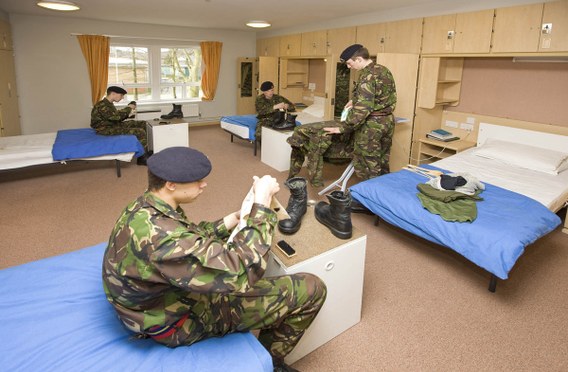Residential Lighting
Creating the right environment
The biggest requirement for residential lighting is flexibility. A residential space may be divided into two main functions:
- Relaxation areas such as a lounge, dining area or bedroom
- Functional areas such as kitchens and work rooms, for example a laundry room
Ideally the lighting should not create individual rooms or spaces which are not linked but should keep balance and continuity between different spaces. This is especially true in open-plan spaces with few internal walls. It should also allow spaces to switch their function from relaxation to functional, for example a bedroom which is also a work space for military barracks or student halls of residence.
Best practice
The most important consideration is flexibility, allowing the lighting and ambience to be varied according to need and mood. This is best achieved by layering the lighting, supplying an overall ambient light level supplemented by local or task lighting. Local lighting should be positioned with respect to the room furnishings and ideally should provide a more personal and homely touch to the space.
In areas where occupants have limited mobility care extra should be taken to prevent glare or flicker creating discomfort. If large areas of glazing are present the lighting should adjust according to the levels of daylight. For many spaces this will allow lighting levels to be reduced in response to incoming daylight but in some applications containing elderly occupants or people with visual deficiency this may require raising the ambient light level to reduce perceived glare and visual confusion through high contrasts between the external and internal light levels. Where people with visual deficiencies may be present great care should be taken to provide guidance through the lighting and clearly show any obstructions or possible hazards. It should be remembered that for many mental conditions related to elderly people bright light attracts attention and therefore the use of light should give meaning to a space.
All accessible luminaires should be safe to touch, both regarding surface temperature and also with respect to sharp edges or protrusions which could cause physical damage.
Taking control
Flexibility is important and therefore easy scene setting should be provided allowing the correct lighting to be active as required. This is important in communal areas where setting the lighting for meal-times, leisure activities etc. will be required and in bedrooms where simple controls should be accessible from key points such as the room entrance and the bed. Ideally lighting in the morning should be bright and stimulating but at night should be more subdued and relaxing.
Dimming controls should allow reduced light levels during the night, promoting quality sleep, and also in areas with significant quantities of daylight during the day. Control panels should be lit to allow easy location in the dark whilst not introducing disturbing amounts of light.
For staff only areas presence detection should be used to prevent unnecessary lighting being active in unoccupied areas.

